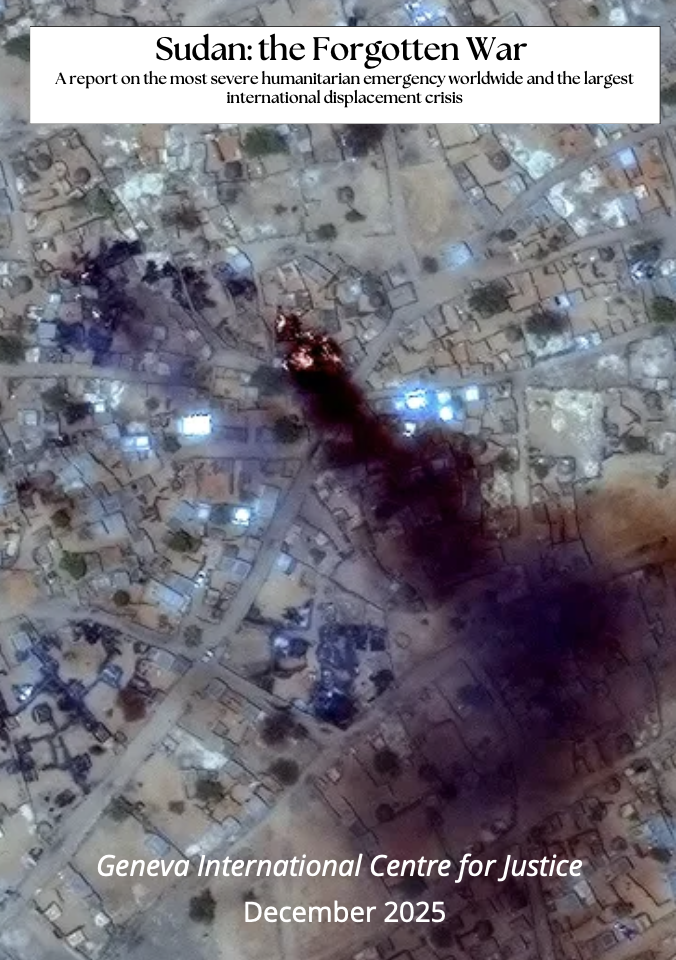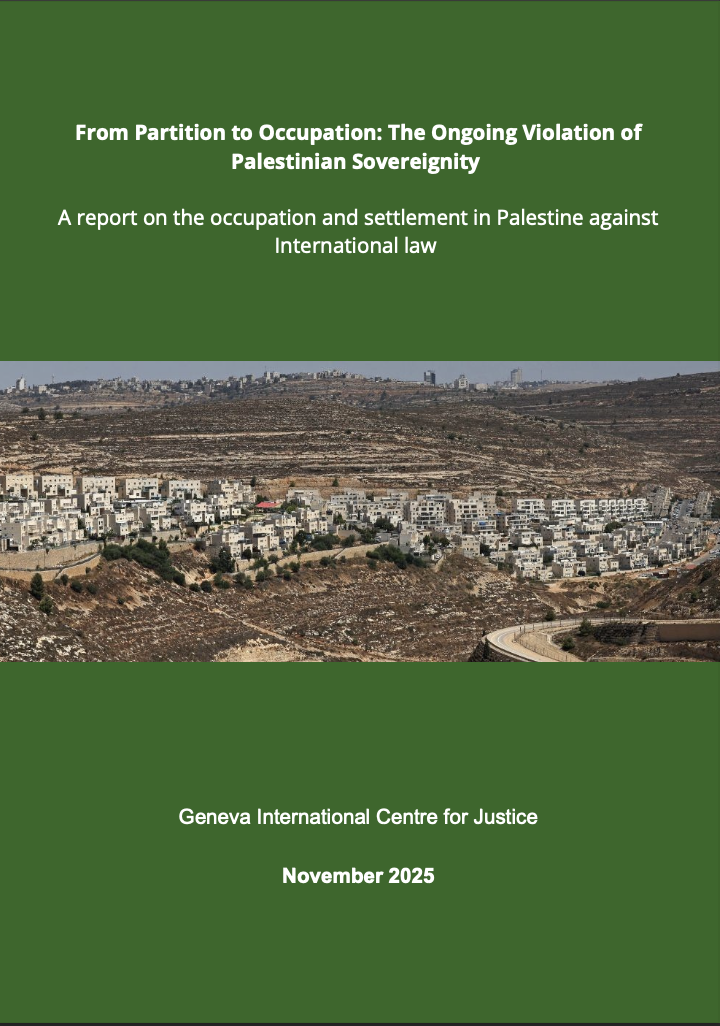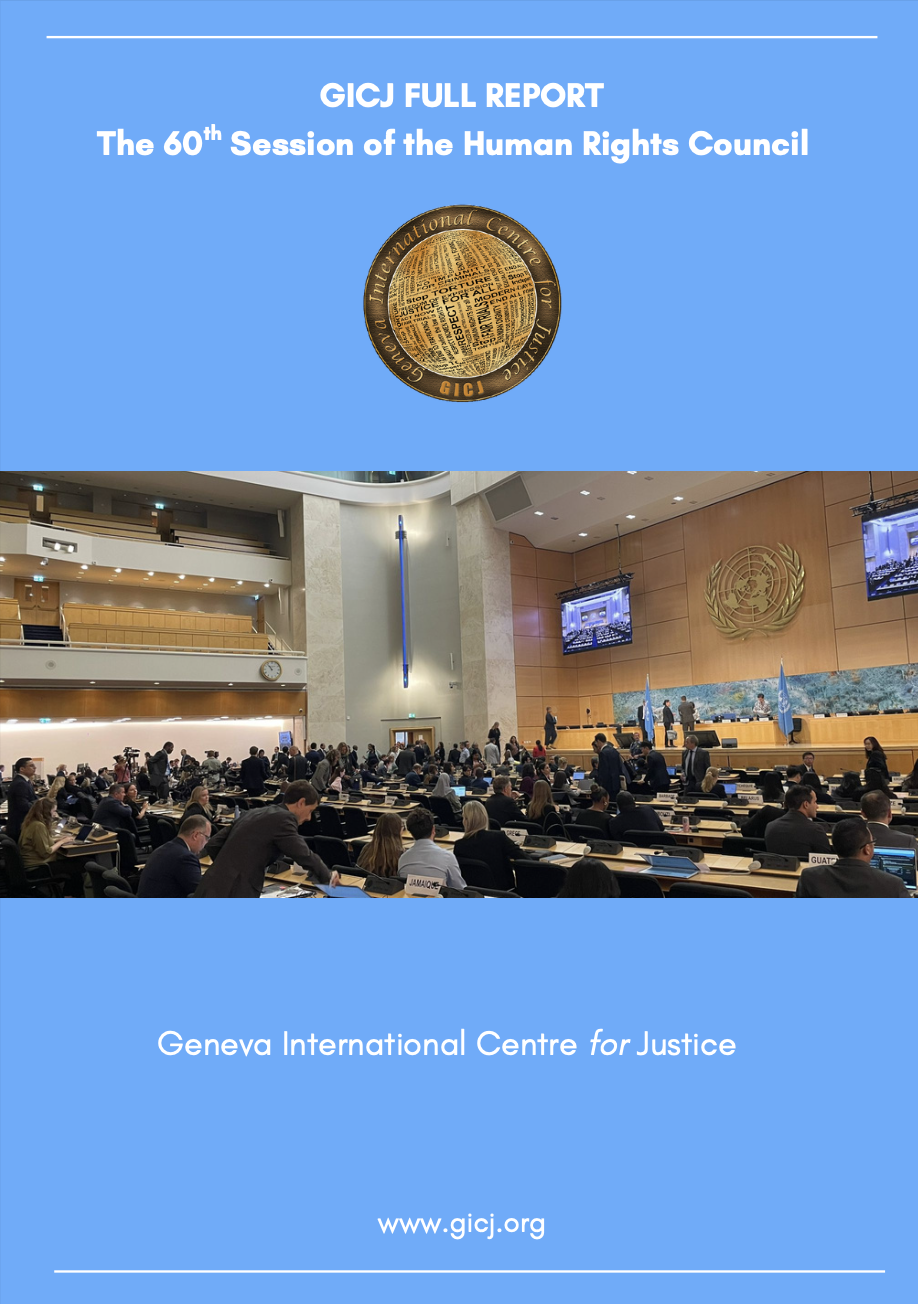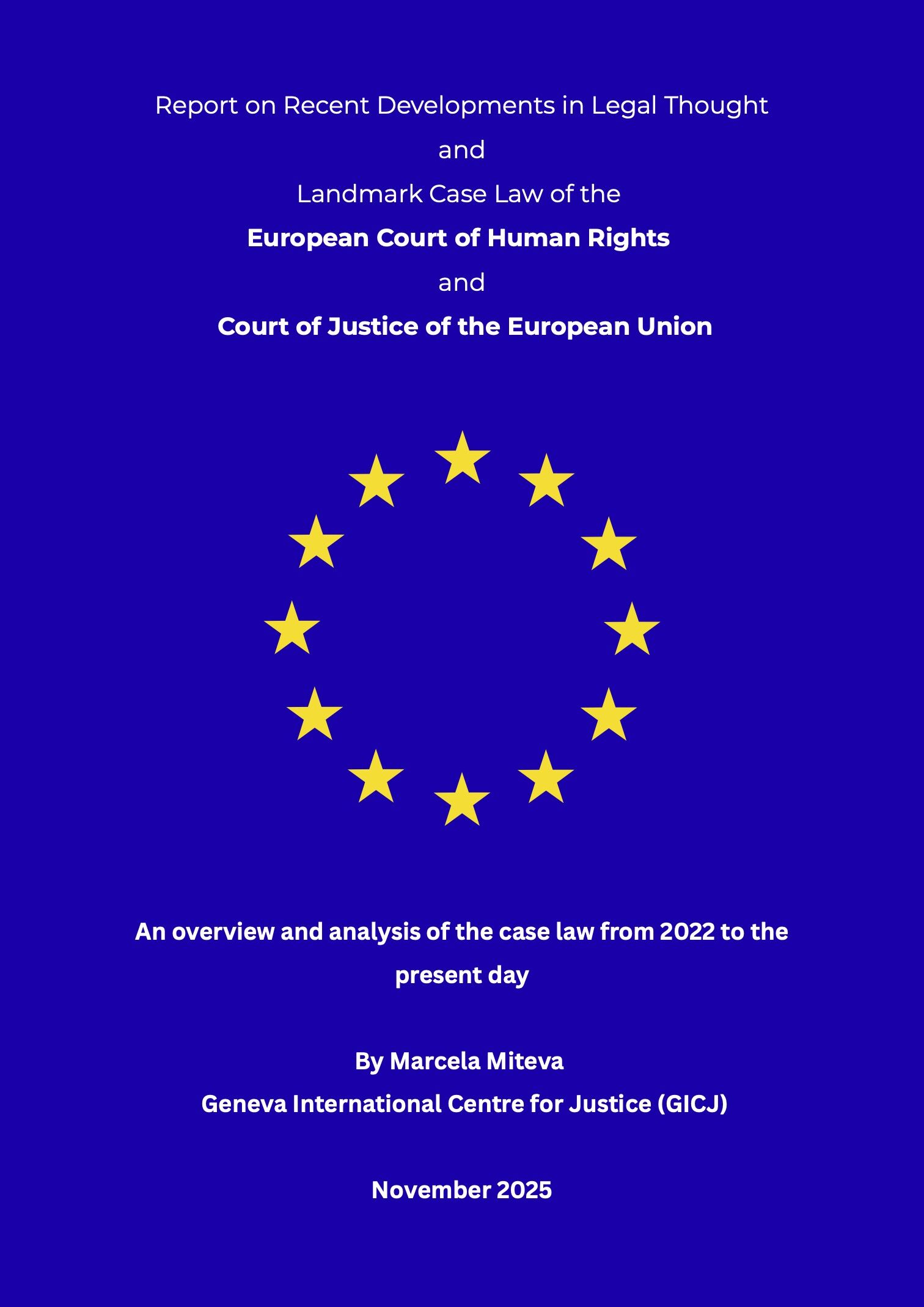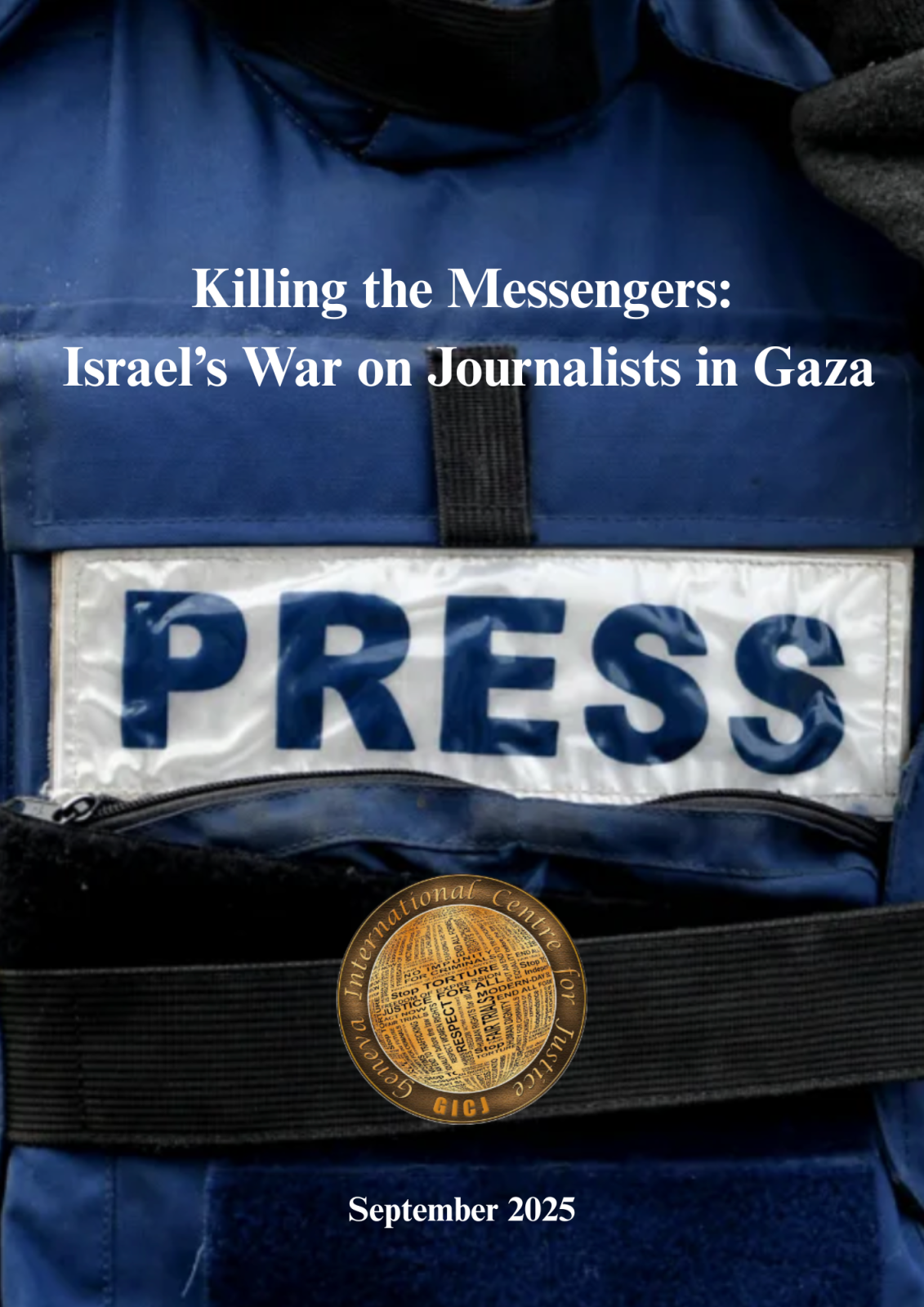01.12.2018
By: Christopher Gawronski and Mutua K. Kobia
December 2nd is commemorated as the “International Day for the Abolition of Slavery” because it is the day in 1949 that the UN General Assembly adopted the United Nations Convention for the Suppression of the Traffic in Persons and of the Exploitation of Prostitution of Others.
|
Modern Slavery – Global Statistics, 2016
25% of victims of modern slavery are children. Women and girls are 99% of victims in commercial sex industry. Source: International Labour Organisation |
Even though the outright ownership of persons is illegal across the globe, there are many and widespread modern forms of slavery that subject millions of men, women, and children to situations of exploitation that the person cannot leave because the exploiter takes advantage of a power differential or uses some form or combination of violence, coercion, or deception. The most common situations include forced labour, forced early/child marriage, trafficking, and coercion or trafficking of children into armed conflict. Sexual exploitation can also be a component of these situations.
Forced Labour
Forced labour has a long history in the form of bonded labour or debt bondage where an individual’s services are used for the repayment of a debt. This usually involves terms of labour that are unclear and give little or no control to the bonded individual over the type and method of work required. In places where debt can be inherited, an individual may end up in debt bondage to pay off the debt of a relative.
In addition to these traditional forms of forced labour, there are now more contemporary practices such as when migrant workers are trafficked for economic exploitation, which includes “work in domestic servitude, the construction industry, the food and garment industry, the agricultural sector and in forced prostitution.”
This year, the Special Rapporteur on Contemporary Forms of Slavery reported on how even people who voluntarily migrate for work can become trapped into slavery-like conditions. According to the report, “Discrimination on various grounds increases the chance of already vulnerable individuals becoming trapped in domestic servitude, reducing their opportunity to escape from the situation either in the short- or long-term.” This is particularly the case for women who migrate to undertake paid domestic work due to a variety of intersecting factors. GICJ was pleased to be able to make an oral statement in response to this report during the 39th Session of the Human Rights Council in September 2018.
Child Labour
Children across the globe work every day. In 2016, it was estimated that 152 million children were labourers. Sadly, many of these are victims of modern slavery. Approximately 4.3 million children (below 18 years of age) are in forced labour, a number which comprises approximately 18% of all forced labour. Of these, about 1 million children are victims of commercial sexual exploitation, and nearly 300,000 children are in forced labour imposed by state authorities.
The Convention on the Rights of the Child declares that a child has the right “to be protected from economic exploitation and from performing any work that is likely to be hazardous or to interfere with the child’s education, or to be harmful to the child’s health or physical, mental, spiritual, moral or social development.” This right has been long recognized and was first articulated in the Geneva Declaration of 1924, adopted by the League of Nations, which said that a child “must be protected against every form of exploitation.” To support this right, the 1999 International Labour Organization (ILO) Convention No. 182 includes, in Article 3, situations amounting to slavery within its definition of the “worst forms of child labour” including forced labour, prostitution and pornography, and forced recruitment for use in armed conflict.
The use of children in armed conflict has become a high-profile issue in recent years due to a number of local and regional conflicts where children have been recruited. When children participate in armed conflict it is detrimental to both their physical and psychological well-being. As defined under the Paris Principles, the Office of the Special Representative of the Secretary-General for Children and Armed Conflict defines a child soldier as:
| A child associated with an armed force or armed group refers to any person below 18 years of age who is, or who has been, recruited or used by an armed force or armed group in any capacity, including but not limited to children, boys and girls, used as fighters, cooks, porters, spies or for sexual purposes. |
The First Optional Protocol to the Convention on the Rights of the Child is more specific in declaring that children, defined as persons under the age of 18, should not be forcibly recruited into a country’s armed forces. Children may voluntary serve in national armed forces, but such service must be truly voluntary and the children should not take direct part in hostilities. However, the Protocol makes a clear distinction between a country’s regular armed forces and other armed groups. Article 4 states that “Armed groups that are distinct from the armed forces of a State should not, under any circumstances, recruit or use in hostilities persons under the age of 18 years,” and that “States Parties shall take all feasible measures to prevent such recruitment and use.” This Protocol has been signed or ratified by 190 countries giving it nearly universal application.
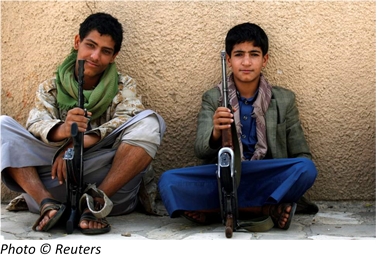
Yemen is one example of a country torn by conflict where parties to the conflict have illegally recruited or forced children to be part of their war-making machine. According to Human Rights Watch, the Houthi militia in Yemen has a long history of recruiting and training child soldiers. Other non-governmental armed groups in the Yemen conflict are also involved in the practice. Such activities are clear violations of the human rights of the recruited children according to the Protocol.
Child Marriage
Child marriage is typically considered forced marriage since the child cannot give legal consent to the marriage. Based on this, there were over 5.6 million children living in situations of forced marriage in 2016. However, this figure very likely underestimates the number due to limitations on data at the global level. Forced marriage is damaging to children because it cuts short their childhood and imposes adult responsibilities at an early age. The practice overwhelmingly impacts girls who are sexually exploited and must begin bearing and raising children while still children themselves.
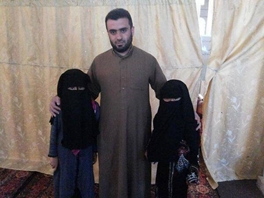
Unfortunately, forced marriage of children is not a declining practice from the past, but one that has advocates for increasing its use. For example, the Iraqi parliament considered a law to legalize child marriage as recently as November 2017. The proposed amendments to the Personal Status Law of 1959 would have allowed girls as young as 9 years of age to be married off. Fortunately, the parliament did not adopt this legislation, but the fact that it was even proposed is a serious source of concern.
Trafficking
Under Article 3 of the Protocol to Prevent, Suppress and Punish Trafficking in Persons Especially Women and Children, “trafficking” refers to “the recruitment, transportation, transfer, harbouring or receipt of persons … for the purpose of exploitation.” Thus, traffickers may not themselves exploit people but are the ones who deliver people into exploitative situations.
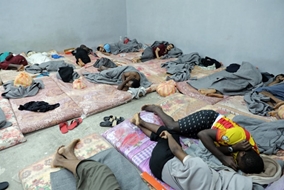 |
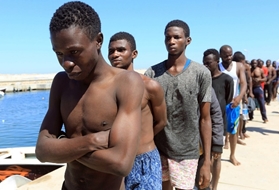 |
In 2017, African migrants attempting to cross the Central Mediterranean route were captured, detained, and trafficked into slave labour while attempting to flee economic hardships and armed conflict. In addition, they were subject to other grave human rights abuses. Some reports indicated that many of the migrants were kidnapped and had their organs removed and sold. Others were held in detention centres for ransom as they were forced to call their families and plead for money while at the same time being beaten as a demonstration of the gravity of the situation. Many succumbed to death as a result of their ordeals. GICJ participated in a joint written statement in February 2018 to the HRC 37th session addressing the issue of human trafficking and slavery in Libya.
GICJ’s Position
The scope and prevalence of modern forms of slavery is truly shocking, and it appears that little is done by people in positions of power to prevent such practices and to hold perpetrators accountable. Considering the number of victims of modern slavery and resulting severity of human rights abuses, much needs to be done.
To this end GICJ strongly recommends states to adopt the UN Convention on Transnational Organized Crime, the Forced Labour Convention and its 2014 Protocol, and implement Target 8.7 of the UN Sustainable Development Goals, which calls on leaders to:
| Take immediate and effective measures to eradicate forced labour, end modern slavery and human trafficking and secure the prohibition and elimination of the worst forms of child labour, including recruitment and use of child soldiers, and by 2025 end child labour in all its forms. |
States, UN bodies, human rights institutions, and civil society must also address the root causes underlying modern slavery, including the economic, social, and conflict factors that drive people into such situations. The world community needs to actively pursue the goal of abolishing modern slavery and preventing such practices from recurring in the future.
International Days of Remembrance articles by GICJ:




